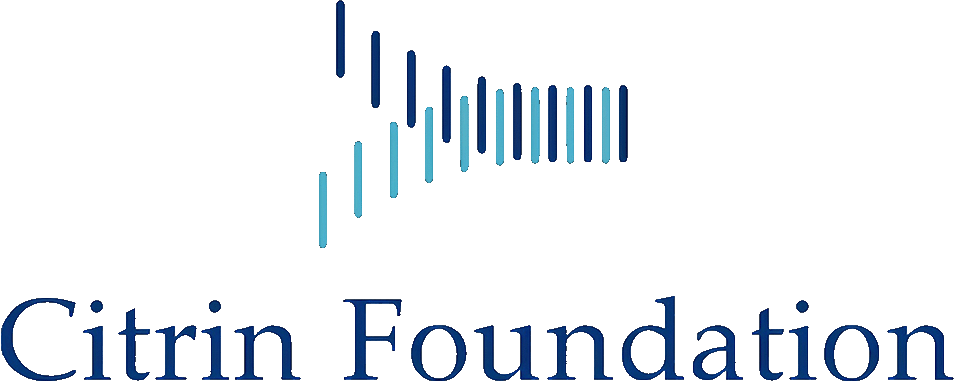Bölsterli BK, Boltshauser E, Palmieri L, Spenger J, Brunner-Krainz M, Distelmaier F, et al (2022). Ketogenic Diet Treatment of Defects in the Mitochondrial Malate Aspartate Shuttle and Pyruvate Carrier. Nutrients 2022;14:3605. https://doi.org/10.3390/nu14173605.
Bylstra Y, Kuan JL, Lim WK, et al (2019) Population genomics in South East Asia captures unexpectedly high carrier frequency for treatable inherited disorders. Genet Med 21:207–212. https://doi.org/10.1038/s41436-018-0008-6
Dimmock D, Maranda B, Dionisi-Vici C, et al (2009) Citrin deficiency, a perplexing global disorder. Mol Genet Metab 96:44–49. https://doi.org/10.1016/j.ymgme.2008.10.007
Häberle J, Rubio V (2022) Disorders of the Urea Cycle and Related Enzymes. 391–405. https://doi.org/10.1007/978-3-662-63123-2_19
Japanese Society for Inherited Metabolic Diseases (2019) Neonatal Mass Screening Disease Practice Guidelines 2019 (新生児マススクリーニング対象疾患等診療ガイドライン 2019). Diagnosis and Treatment Inc., Japan
Kobayashi K, Lu YB, Li MX, et al (2003) Screening of nine SLC25A13 mutations: their frequency in patients with citrin deficiency and high carrier rates in Asian populations. Mol Genet Metab 80:356–359. https://doi.org/10.1016/s1096-7192(03)00140-9
Lee H-CH, Mak CM, Lam C-W, et al (2011) Analysis of inborn errors of metabolism: disease spectrum for expanded newborn screening in Hong Kong. Chinese Med J-peking 124:983–9
Lin Y, Liu Y, Zhu L, et al (2020) Combining newborn metabolic and genetic screening for neonatal intrahepatic cholestasis caused by citrin deficiency. J Inherit Metab Dis 43:467–477. https://doi.org/10.1002/jimd.12206
Lu YB, Kobayashi K, Ushikai M, et al (2005) Frequency and distribution in East Asia of 12 mutations identified in the SLC25A13 gene of Japanese patients with citrin deficiency. J Hum Genet 50:338–346. https://doi.org/10.1007/s10038-005-0262-8
Okamoto M, Okano Y, Okano M, et al (2021) Food Preferences of Patients with Citrin Deficiency. Nutrients 13:3123. https://doi.org/10.3390/nu13093123
Pinto A, Ashmore C, Batzios S, et al (2020) Dietary Management, Clinical Status and Outcome of Patients with Citrin Deficiency in the UK. Nutrients 12:3313. https://doi.org/10.3390/nu12113313
Saheki T, Moriyama M, Funahashi A, Kuroda E (2020) AGC2 (Citrin) Deficiency—From Recognition of the Disease till Construction of Therapeutic Procedures. Biomol 10:1100. https://doi.org/10.3390/biom10081100
Saheki T, Song Y (2017) Citrin Deficiency. https://www.ncbi.nlm.nih.gov/books/NBK1181/
Shigematsu Y, Hirano S, Hata I, et al (2002) Newborn mass screening and selective screening using electrospray tandem mass spectrometry in Japan. J Chromatogr B 776:39–48. https://doi.org/10.1016/s1570-0232(02)00077-6
Song Y-Z, Deng M, Chen F-P, et al (2011) Genotypic and phenotypic features of citrin deficiency: Five-year experience in a Chinese pediatric center. Int J Mol Med 28:33–40. https://doi.org/10.3892/ijmm.2011.653
Tomé LF, Aroeira LGS, Bartolo GM, et al (2020) Citrin deficiency: Early severe cases in a European country. Clin Res Hepatol Gas 45:101595. https://doi.org/10.1016/j.clinre.2020.101595
Tran NH, Thi TN, Tang H, et al (2021) Genetic landscape of recessive diseases in the Vietnamese population from large‐scale clinical exome sequencing. Hum Mutat 42:1229–1238. https://doi.org/10.1002/humu.24253
Vitoria I, Dalmau J, Ribes C, et al (2013) Citrin deficiency in a Romanian child living in Spain highlights the worldwide distribution of this defect and illustrates the value of nutritional therapy. Mol Genet Metab 110:181–183. https://doi.org/10.1016/j.ymgme.2013.06.011
Wongkittichote P, Sukasem C, Kikuchi A, et al (2013) Screening of SLC25A13 mutation in the Thai population. World J Gastroentero 19:7735–7742. https://doi.org/10.3748/wjg.v19.i43.7735


